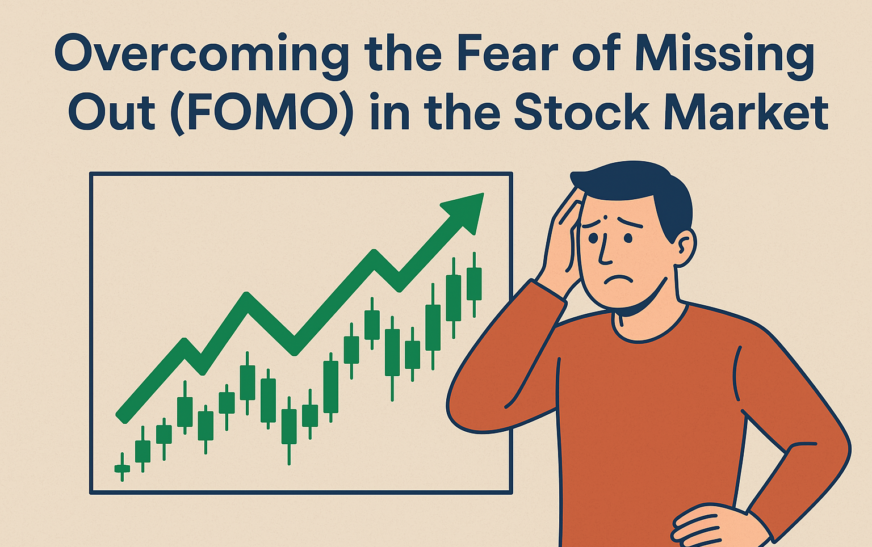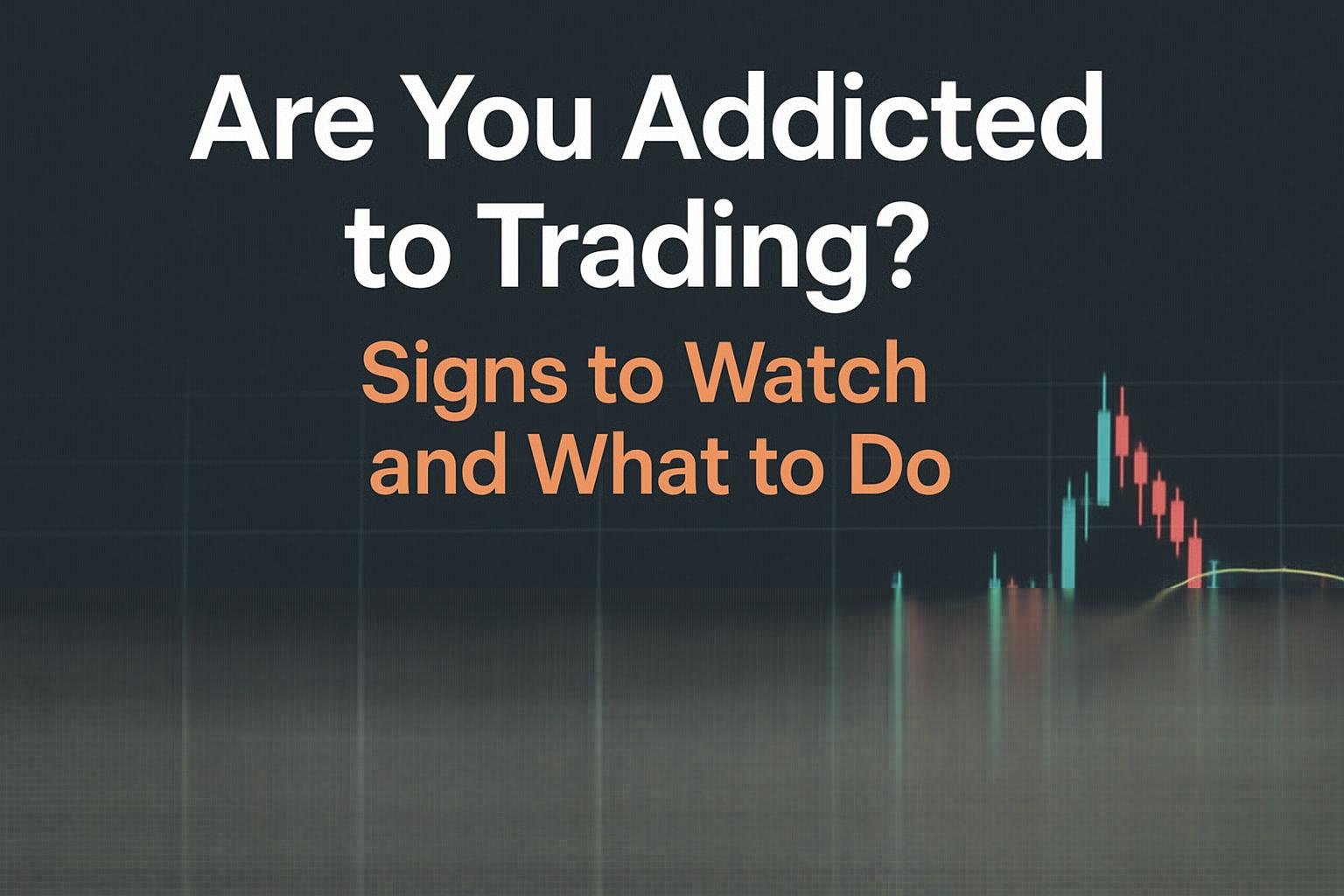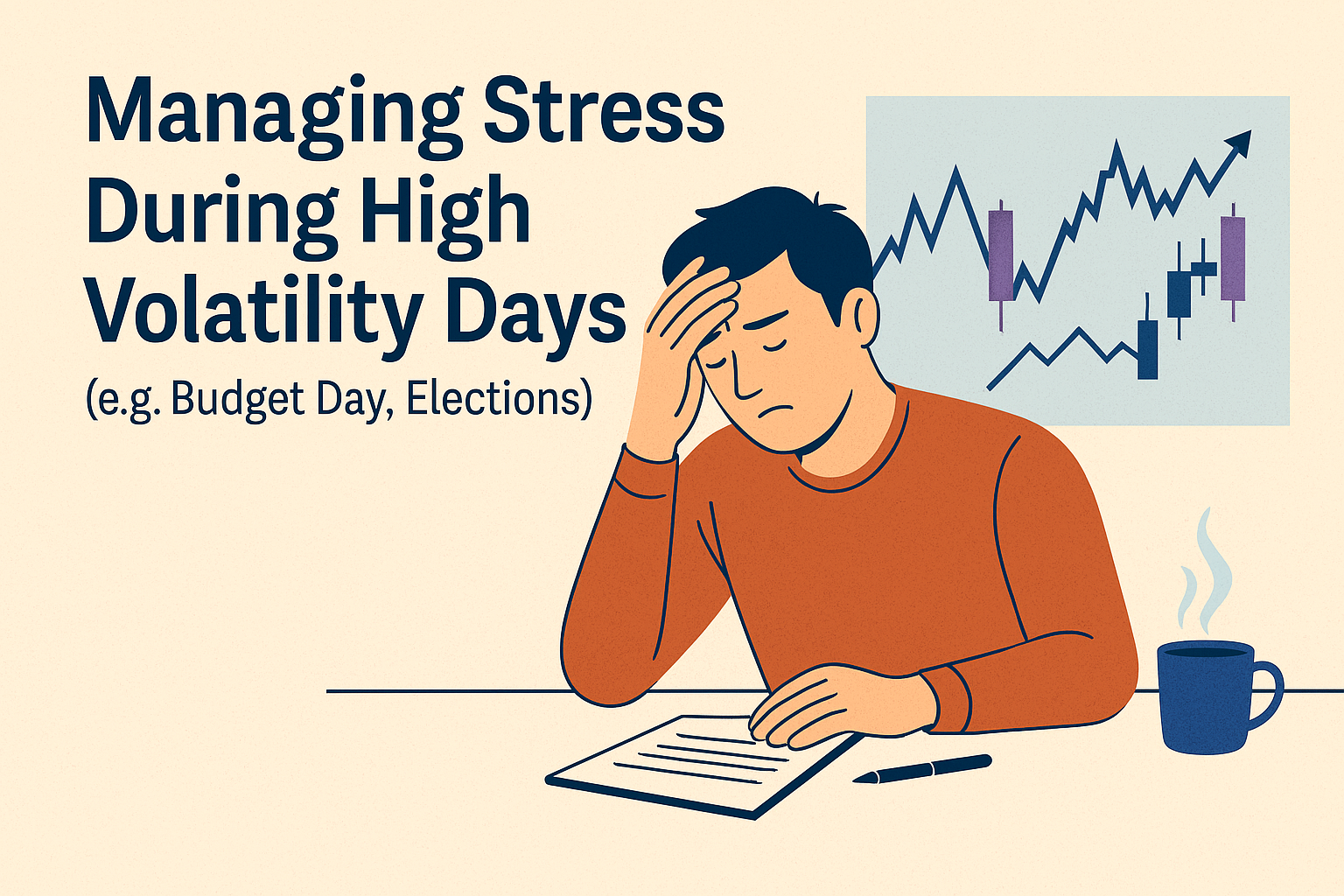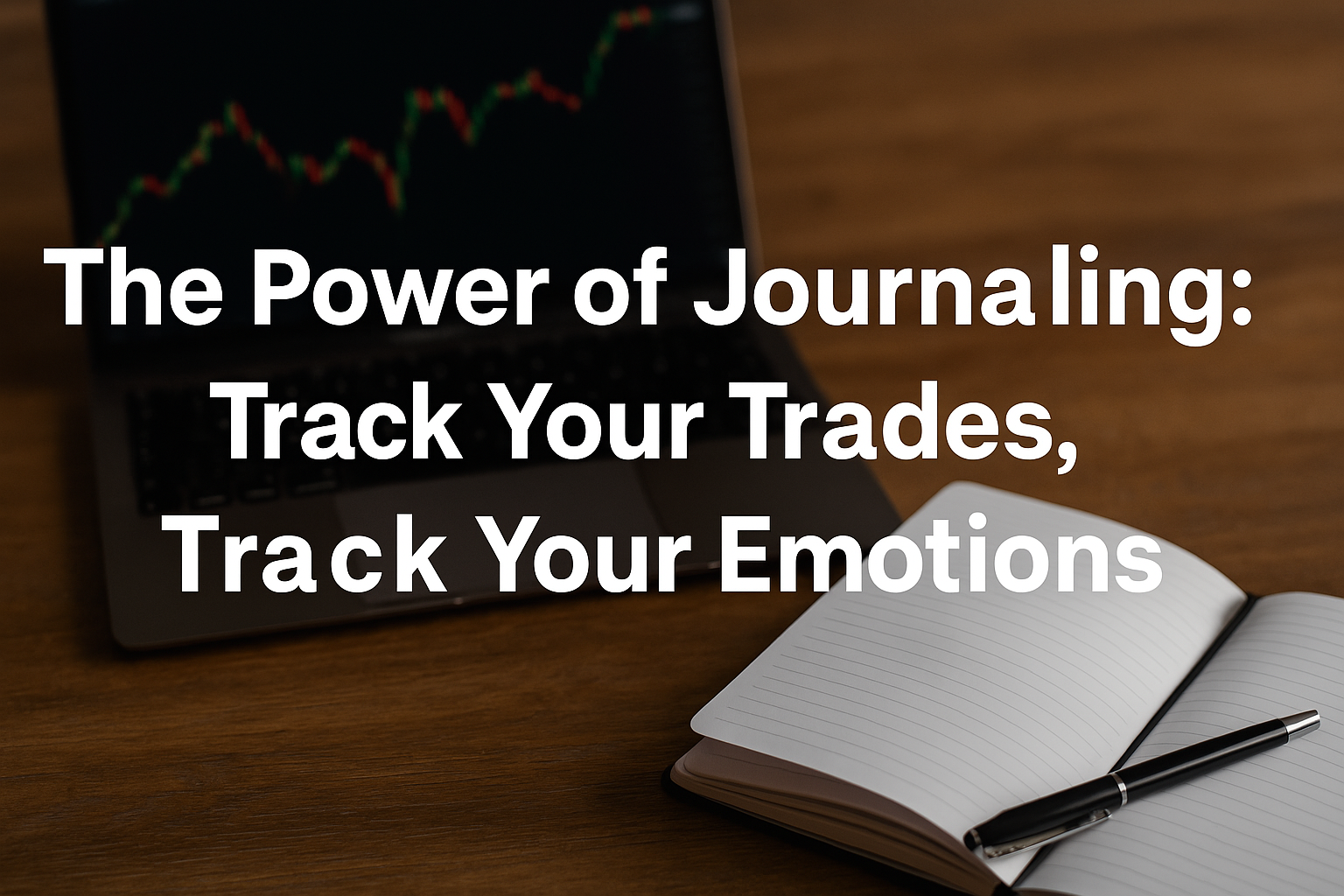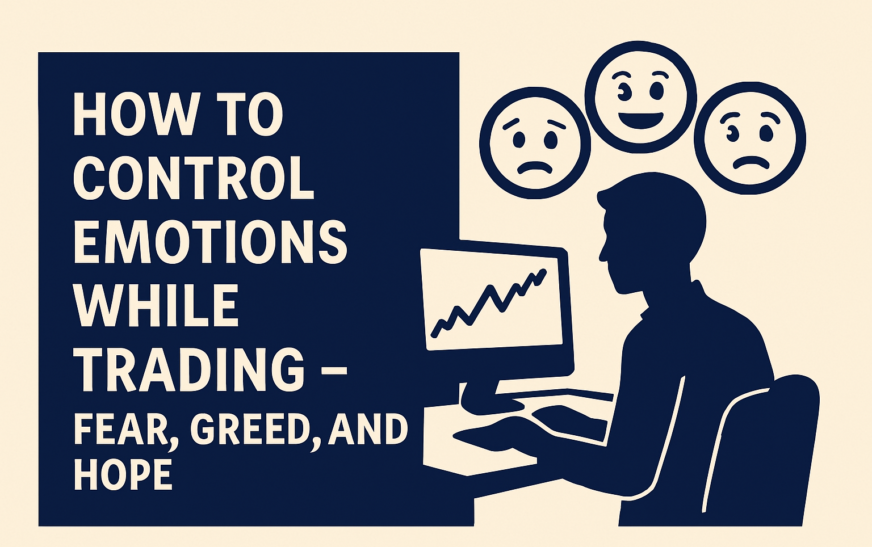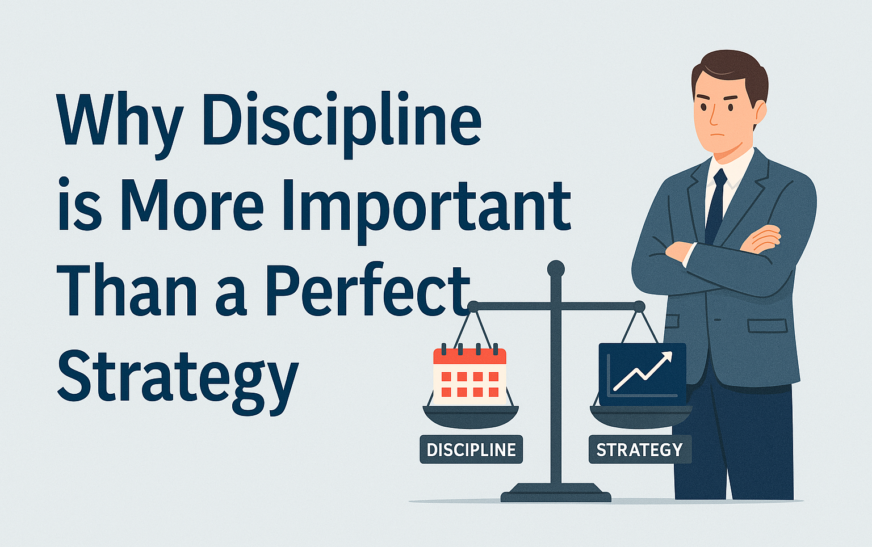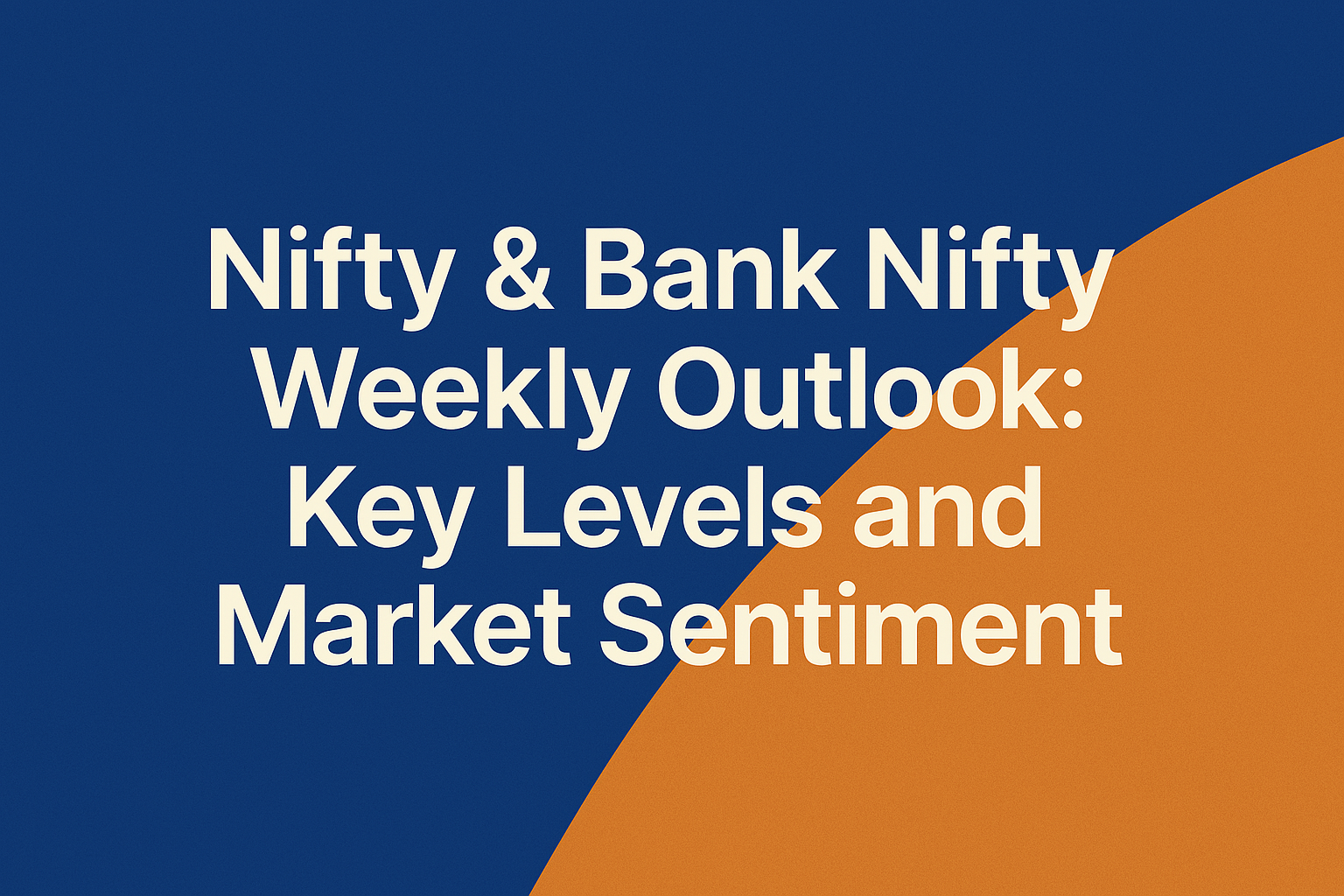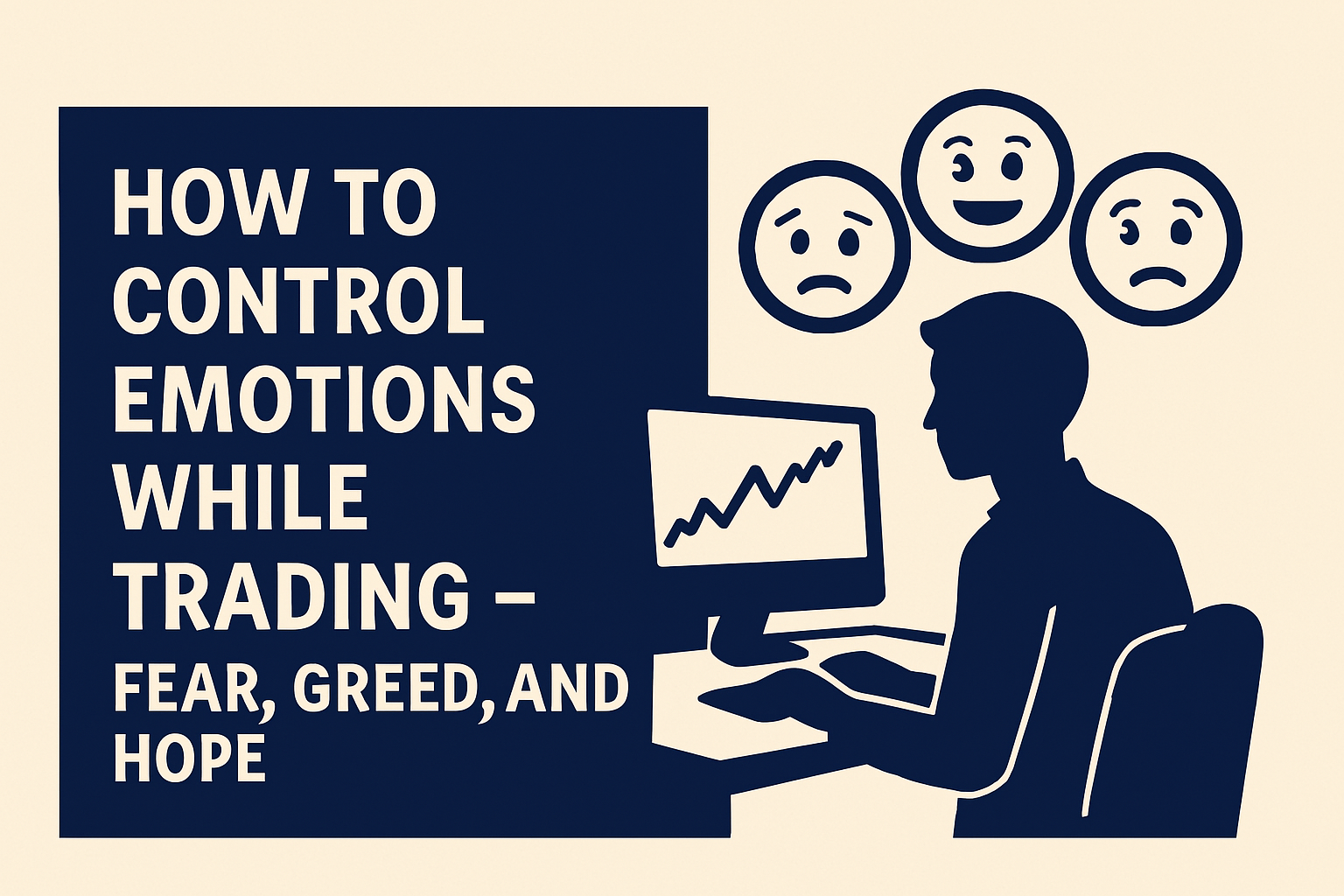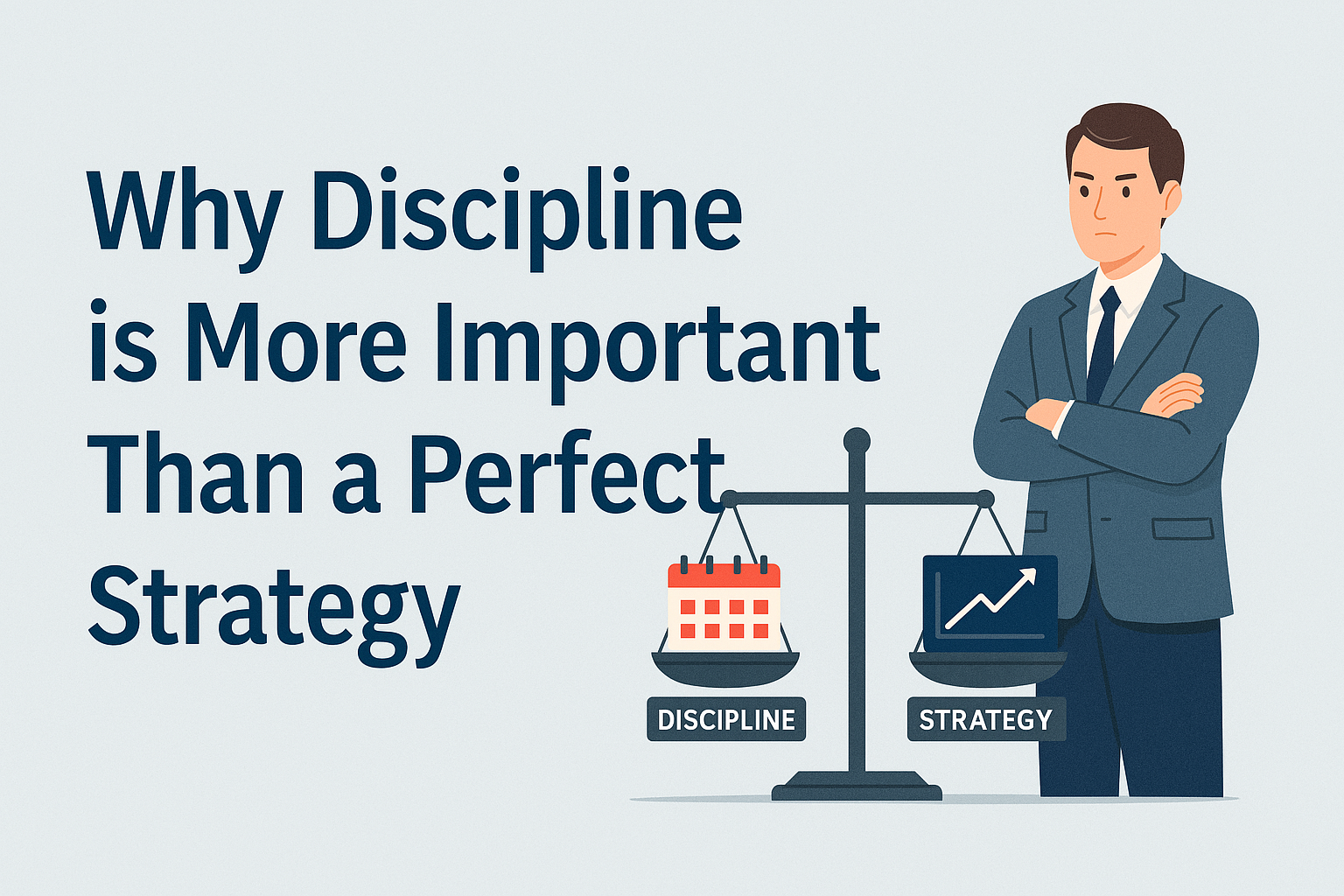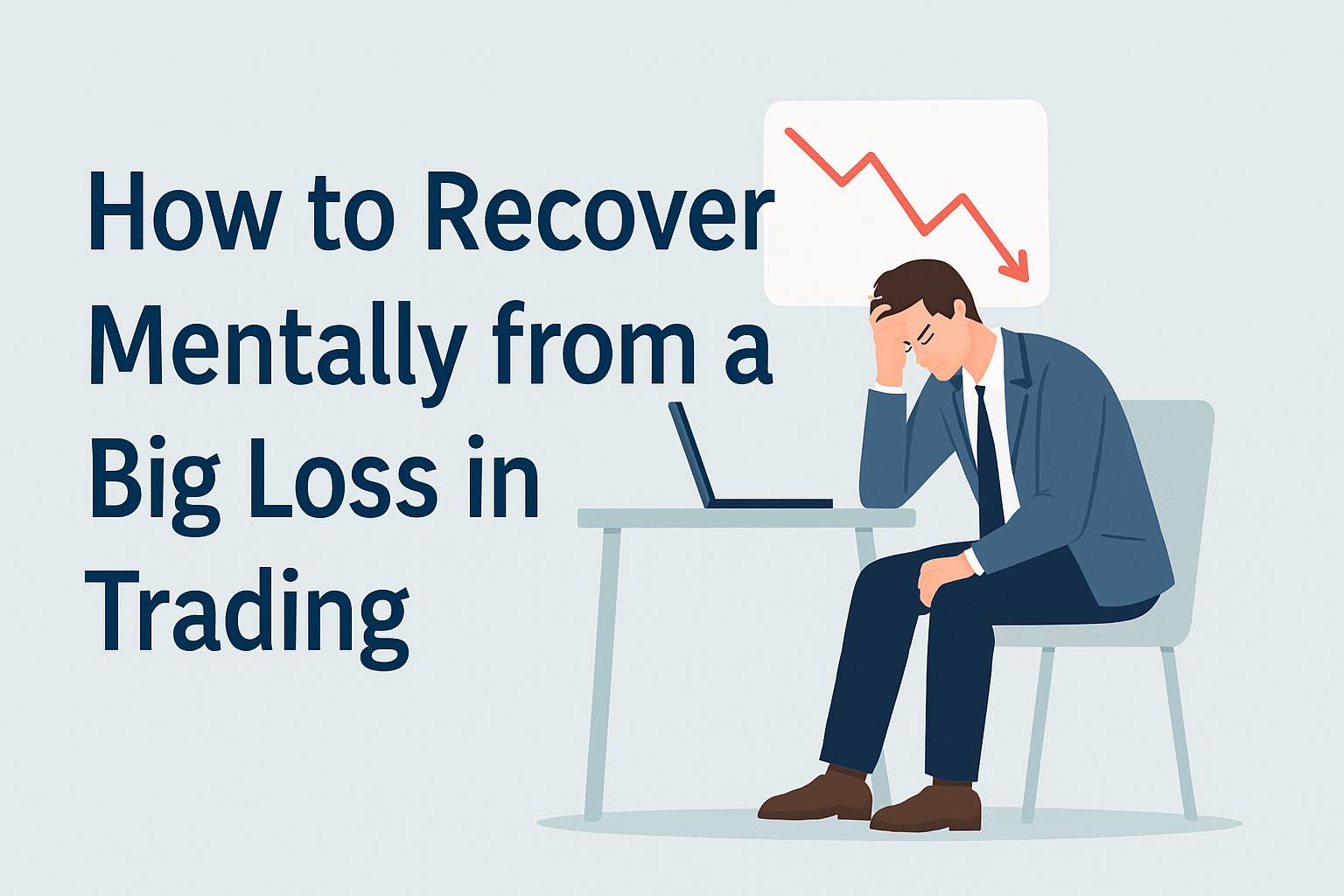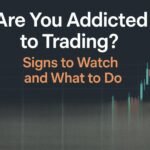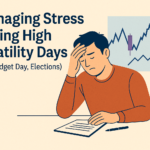Introduction
The market is rallying. Everyone’s talking about it. Your favorite stock just broke out and you’re not in it. Suddenly, you’re panicking—should you jump in before it’s too late? This emotional pressure is known as FOMO (Fear of Missing Out), and it’s one of the most dangerous mind traps in trading.
In this article, we’ll explore what causes FOMO in stock trading and how to control it before it controls you.
What is FOMO in Trading?
FOMO is the anxiety that you’re missing out on a profitable trade that others are taking. It pushes traders to abandon their strategy, chase prices, and take impulsive actions based on emotion—not analysis.
Common Signs of FOMO
- Entering trades late just because a stock is moving fast
- Ignoring your trade plan or rules to “not miss the move”
- Feeling regret or frustration for not taking a trade someone else did
- Constantly checking social media or WhatsApp groups for stock tips
- Trading out of emotion instead of conviction
Why FOMO Is So Dangerous
1. It Leads to Chasing Trades
You enter too late, after the bulk of the move has happened—usually just before a reversal.
2. It Breaks Your Discipline
You abandon setups, risk management rules, and analysis for the sake of being “in the market.”
3. It Clouds Judgment
FOMO creates emotional trading. You stop thinking clearly and start reacting based on others’ actions.
4. It Causes Burnout
Constant emotional stress and impulsive trading often result in losses, frustration, and eventually burnout.
How to Overcome FOMO
1. Accept That You Will Miss Trades
There will always be opportunities you don’t catch. That’s normal. The market is endless, but your capital isn’t.
2. Stick to Your Trading Plan
Have clearly defined rules for entries, exits, and risk. If a trade doesn’t meet your criteria, don’t take it—no matter how tempting.
3. Focus on Process, Not Outcomes
Judge yourself by how well you followed your plan, not by whether you caught every rally.
4. Avoid Overexposure to Noise
Too much time on stock forums, social media, or news can trigger FOMO. Limit distractions and focus on your own analysis.
5. Log FOMO Trades in Your Journal
Every time you take a trade out of fear, record it. Over time, you’ll spot the pattern and gain control over it.
6. Trade Fewer but Better Setups
Quality over quantity. A+ setups that align with your plan will build your confidence and help reduce emotional trades.
Mindset Shift: Patience Over Panic
Remind yourself: missing a trade is not as costly as entering a bad one. The goal is consistency and capital protection—not catching every breakout.
Conclusion
FOMO is natural—but acting on it is a choice. By staying grounded in your trading rules, filtering out noise, and accepting that not every move is yours to catch, you build a mindset that favors patience and precision over panic. In trading, discipline always wins in the long run.

